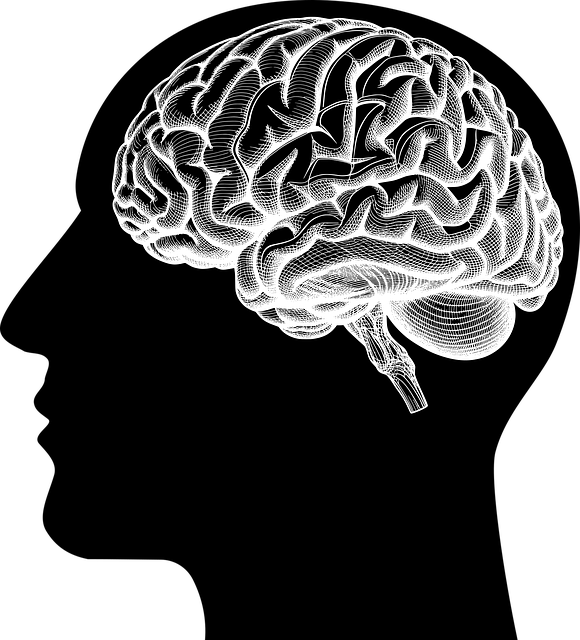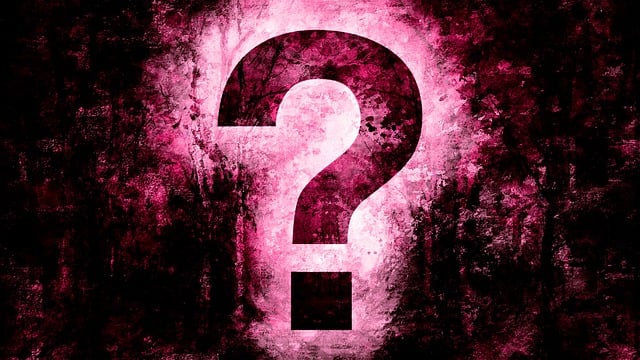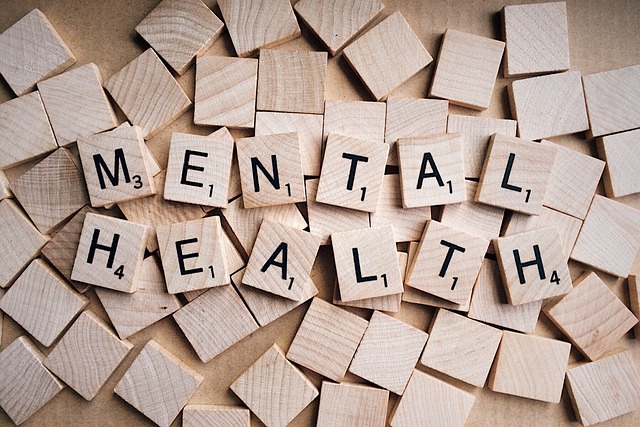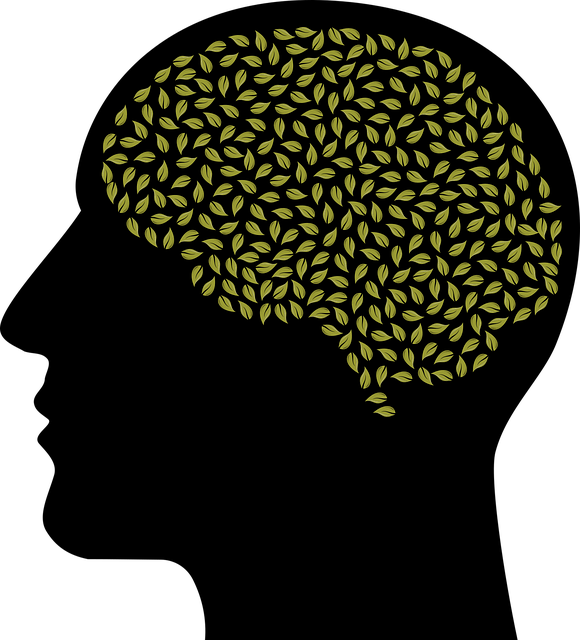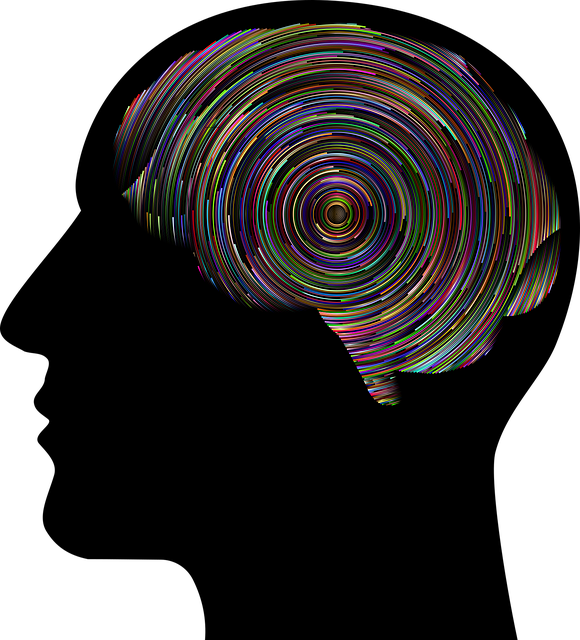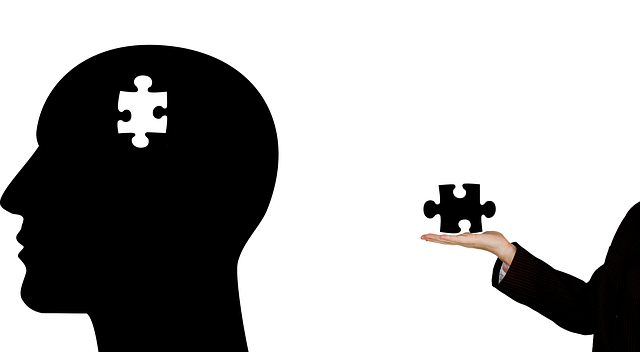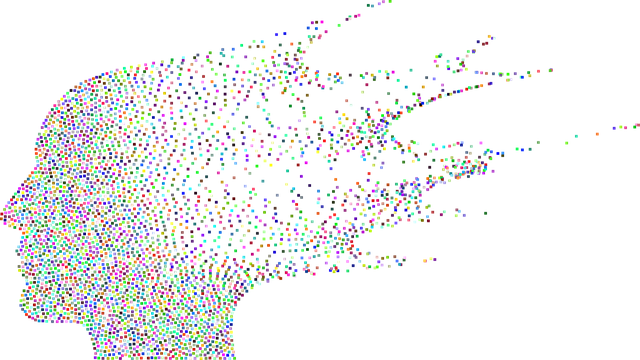Adolescent mental health is a growing concern, with traditional therapy often ineffective for one in five teens. Innovative solutions like hypnosis and empathy-building apps offer powerful support. Integrating technology through apps focused on crisis intervention and stress management empowers teens to manage their mental wellness. Hypnosis, scientifically validated, enhances self-awareness, social skills, and positive thinking patterns tailored to teen needs. App-based interventions provide discreet, convenient, and affordable access to evidence-based practices, potentially revolutionizing therapeutic support for adolescents. Key features include gamified exercises, social forums, personalized feedback, CBT, mindfulness training, hypnotherapy, and educational content on mental health topics.
Mental wellness apps are gaining traction as innovative solutions for adolescent mental health. With a growing emphasis on youth well-being, these applications offer accessible therapy options, particularly through hypnosis. This article explores the importance of addressing adolescent mental health and presents an in-depth look at incorporating hypnosis into mobile wellness apps. We discuss designing engaging features tailored to teen users while emphasizing evidence-based therapeutic approaches, ultimately aiming to improve mental wellness among this demographic through technology.
- Understanding Adolescent Mental Health and the Need for Innovative Solutions
- Incorporating Hypnosis into Mobile Wellness Apps: A Therapeutic Approach
- Designing Effective Features and User Experiences for Teen Users
Understanding Adolescent Mental Health and the Need for Innovative Solutions

Adolescent mental health is a critical area that demands innovative and accessible solutions. Today’s youth face unique challenges, from academic pressures to social media influences, which can significantly impact their well-being. According to recent studies, one in five teens struggles with mental health issues, highlighting the pressing need for effective interventions. Traditional therapy methods while valuable, may not always resonate with this demographic. This is where innovative approaches like hypnosis and empathy-building strategies come into play, offering alternative ways to engage and support adolescent teens.
The integration of technology in mental health care presents a game-changing opportunity. Apps designed with crisis intervention guidance and stress management workshops can empower teens to take charge of their mental wellness. By combining evidence-based practices with engaging user interfaces, developers can create tools that cater to the specific needs and preferences of adolescents. With the right approach, we can ensure that young individuals receive the support they need to navigate and overcome the challenges they face, fostering a healthier and more resilient future.
Incorporating Hypnosis into Mobile Wellness Apps: A Therapeutic Approach

Incorporating hypnosis into mobile wellness apps offers a promising therapeutic approach for adolescent teens seeking emotional regulation and self-care routine development for better mental health. Hypnosis, a technique that utilizes guided relaxation and focused attention to alter consciousness, has been scientifically proven effective in managing stress, anxiety, and other mental health challenges common among teens. By integrating this powerful tool into user-friendly mobile apps, developers can create accessible and engaging platforms tailored to the unique needs of adolescents.
These apps can guide users through personalized hypnotic sessions designed to enhance self-awareness, improve social skills training, and promote positive thinking patterns. For instance, session topics might include stress management techniques, improving sleep quality, building resilience, and cultivating mindfulness—all crucial aspects for supporting mental wellness in teens. Such app-based interventions have the potential to revolutionize therapeutic support, offering discreet, convenient, and affordable access to evidence-based practices right at the fingertips of adolescents.
Designing Effective Features and User Experiences for Teen Users

When designing features for a mental wellness app targeted at teen users, it’s crucial to understand their unique needs and preferences. Adolescents often seek tools that feel engaging, accessible, and non-stigmatizing. Incorporating interactive elements like gamified exercises, social forums where they can connect with peers, and personalized feedback loops can enhance user experiences. Moreover, integrating evidence-based practices such as cognitive behavioral therapy (CBT) techniques or mindfulness training tailored to their age group can offer effective coping mechanisms for managing stress, anxiety, and other common mental health challenges faced by teens.
Hypnotherapy, a powerful tool for inducing relaxation and promoting positive changes in thought patterns, could be explored as an optional feature. It’s important to present this modality as a safe and non-intrusive option, aligning with the growing acceptance of alternative therapies among youth. Complementing these features with educational content on mental health topics, such as stress management, self-care strategies, and the importance of seeking professional help when needed, can empower teens with knowledge. This holistic approach leverages technology to create a supportive environment that fosters both immediate relief and long-term mental wellness.
Mental wellness app development is a game-changer in providing accessible therapy for adolescent teens. By incorporating innovative approaches like hypnosis, these apps offer a promising solution to address the growing need for mental health support among young individuals. Effective design and user experience are key to engaging teen users and ensuring the success of such applications. With the right features, these digital tools can revolutionize therapeutic practices, making professional help more accessible and appealing to today’s tech-savvy generation.

